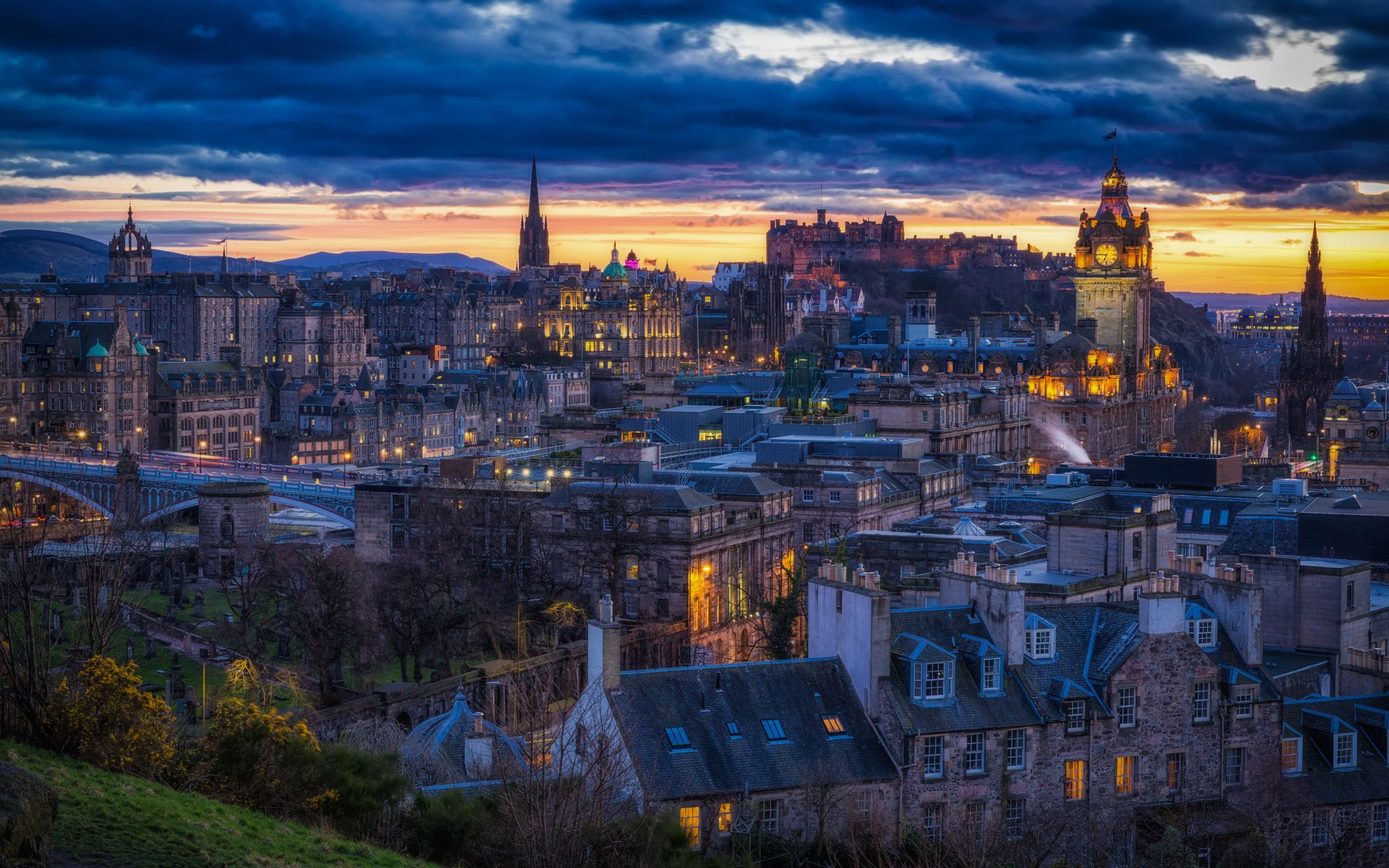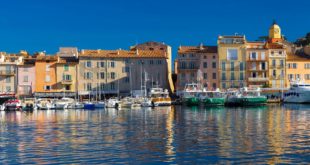 The majesty of Scotland’s physical landscape mirrors the complex depths of its human history. From Pleistocene hunter-gatherers to the now-vanished Picts, its cultural heritage stretches back thousands of years, and the open country preserves some physical evidence of that heritage. One of the country’s most famous landmarks is Hadrian’s Wall, an extensive stone fortification built by the Romans to mark their advance northward into Britannia. Much of the wall still stands, and long-distance walkers can trace it across miles of countryside and towns.
The majesty of Scotland’s physical landscape mirrors the complex depths of its human history. From Pleistocene hunter-gatherers to the now-vanished Picts, its cultural heritage stretches back thousands of years, and the open country preserves some physical evidence of that heritage. One of the country’s most famous landmarks is Hadrian’s Wall, an extensive stone fortification built by the Romans to mark their advance northward into Britannia. Much of the wall still stands, and long-distance walkers can trace it across miles of countryside and towns. Culture
CultureScotland maintains a proud hold on its own distinct cultural heritage within Great Britain. There are, of course, the famous tartan-patterned kilts and keening bagpipes, long symbolic of the country. These go particularly well against a backdrop of the famous Highland games: large festivals of music and sport, well-known for the lively, lusty competitions of the caber toss and the stone put. There’s also the country’s love for the written word; few native sons are as celebrated as the poet Robert Burns, whose verse is still bandied about freely.
 One aspect of the country is certainly old-style Gaelic and Celtic tradition and the wild, rustic beauty of its hinterlands, but Scotland is just as much about cosmopolitan vitality and economic bustle: The cities of Edinburgh (the capital) and Glasgow (the biggest) are rich in history, art, and architecture, not to mention hugely important centers for finance, trade, and tourism.
One aspect of the country is certainly old-style Gaelic and Celtic tradition and the wild, rustic beauty of its hinterlands, but Scotland is just as much about cosmopolitan vitality and economic bustle: The cities of Edinburgh (the capital) and Glasgow (the biggest) are rich in history, art, and architecture, not to mention hugely important centers for finance, trade, and tourism.
Nature
 The barren face of much of Scotland is the result of anthropocentric timber-cutting and agriculture; only tiny remnants of the Caledonian forest, the pine woodlands that once cloaked the Highlands, as well as virgin oak woods in the Lowlands, remain.
The barren face of much of Scotland is the result of anthropocentric timber-cutting and agriculture; only tiny remnants of the Caledonian forest, the pine woodlands that once cloaked the Highlands, as well as virgin oak woods in the Lowlands, remain. While many of Scotland’s large mammals have long since died out in the face of human progress and hunting, the country is still a fine place to see rare creatures like the golden eagle, the white-tailed sea eagle, the pine marten, and the capercaillie. Offshore, its rich, cold marine waters support beasts like the orca, the basking shark, and the grey seal. In the Highlands, you have a good chance of spotting one of the country’s iconic creatures, the red deer; the sight of a big-antlered snag on high moorland is unforgettable.
While many of Scotland’s large mammals have long since died out in the face of human progress and hunting, the country is still a fine place to see rare creatures like the golden eagle, the white-tailed sea eagle, the pine marten, and the capercaillie. Offshore, its rich, cold marine waters support beasts like the orca, the basking shark, and the grey seal. In the Highlands, you have a good chance of spotting one of the country’s iconic creatures, the red deer; the sight of a big-antlered snag on high moorland is unforgettable.Weather and Climate
 Nonetheless, travelers should be prepared for rain nearly anytime in many corners of the country. Anyone trekking into the Highlands should carry extra warm clothing and know how to find their way in mist and rain; winter hikers scaling high-country summits often tote an ice ax.
Nonetheless, travelers should be prepared for rain nearly anytime in many corners of the country. Anyone trekking into the Highlands should carry extra warm clothing and know how to find their way in mist and rain; winter hikers scaling high-country summits often tote an ice ax. Tourist Destinations World Travel Guides
Tourist Destinations World Travel Guides


